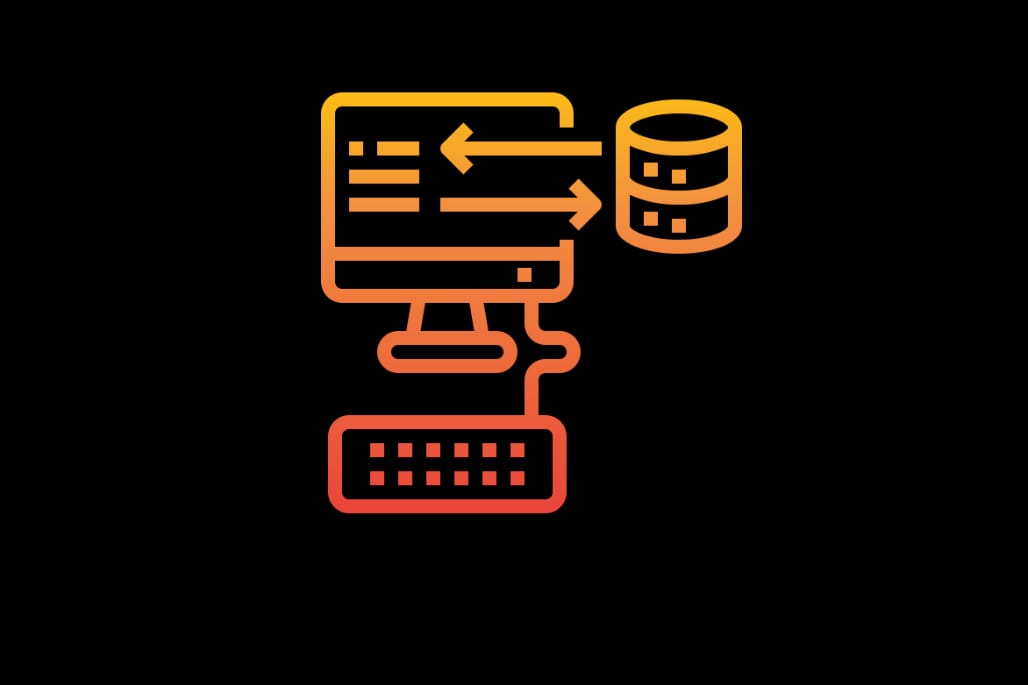write join queries using jpa criteria queries
In this blog post, we’ll explore how to effectively use JPA’s criteria API to combine information from different database tables, enhancing your ability to retrieve and work with interconnected data.
The Essence of Joins
At its core, a join merges rows from two or more tables based on a related column between them. This operation provides a link between data that would otherwise exist in isolated silos. By seamlessly integrating information from different tables, joins facilitate comprehensive data analysis and enhance the granularity of queries.
Left Joins: Bridging the Data Divide
Scenario: Customer-Order Association
Consider a situation where you’re managing a database of customers and their corresponding orders. In some instances, customers may not have placed any orders yet. To retrieve a list of all customers and their orders, regardless of whether orders exist, a left join comes to the rescue.
CriteriaBuilder cb = entityManager.getCriteriaBuilder();
CriteriaQuery<Customer> query = cb.createQuery(Customer.class);
Root<Customer> customerRoot = query.from(Customer.class);
Join<Customer, Order> orderJoin = customerRoot.join("orders", JoinType.LEFT);
query.select(customerRoot).distinct(true);
In this code snippet:
orderJoin: Join<Customer, Order>establishes a left join between theCustomerandOrderentities, ensuring customers are fetched alongside their orders.- The argument
'orders'passed tojoin()identifies the property on theCustomerentity representing the relationship with theOrderentity. JoinType.LEFTspecifies a left join operation.query.select(customerRoot).distinct(true)signifies the selection ofCustomerentities and the utilization of thedistinctmodifier to eliminate duplicate customers from the result set.
The generated SQL query resembles this:
SELECT DISTINCT c.*
FROM customer c
LEFT JOIN order o ON c.id = o.customer_id;
Right Joins: Shifting the Focus
Scenario: Product-Order Association
Imagine a scenario where you’re interested in determining products that have yet to receive any orders. This situation calls for a right join, focusing on data from the associated table to lead the way.
CriteriaBuilder cb = entityManager.getCriteriaBuilder();
CriteriaQuery<Product> query = cb.createQuery(Product.class);
Root<Product> productRoot = query.from(Product.class);
Join<Product, Order> orderJoin = productRoot.join("orders", JoinType.RIGHT);
query.select(productRoot).distinct(true);
Here, the spotlight shifts to products, and the right join captures products that are yet to find placement within an order. The corresponding SQL query takes form:
SELECT DISTINCT p.*
FROM product p
RIGHT JOIN order o ON p.id = o.product_id;
Full Joins: Embracing Data Wholeness
Scenario: Author-Book Relationship
Imagine a situation where you’re examining the relationship between authors and their published books. A full join brings together the benefits of left and right joins, combining information from both tables to provide a comprehensive overview.
CriteriaBuilder cb = entityManager.getCriteriaBuilder();
CriteriaQuery<Author> query = cb.createQuery(Author.class);
Root<Author> authorRoot = query.from(Author.class);
Join<Author, Book> bookJoin = authorRoot.join("books", JoinType.FULL);
query.select(authorRoot).distinct(true);
With a full join, the endeavor of gathering insights about authors and their books encompasses both published and unpublished works. The SQL counterpart takes shape:
SELECT DISTINCT a.*
FROM author a
FULL JOIN book b ON a.id = b.author_id;




